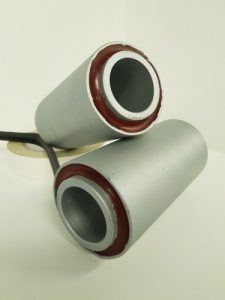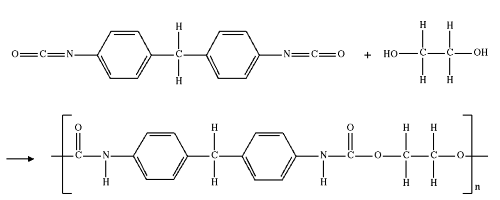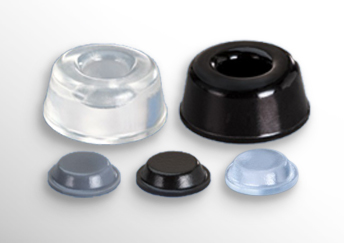Behind every rubber material is a story of discovery that led to its widespread use in the modern world. Today, we’re taking a closer look at polyurethane rubber, which was first invented by Professor. Dr. Otto Bayer in Germany, 1937. The chemical fabrication led to the further development of materials such as polyurethane foam, sponge, insulation, seals, gaskets, wheels, tires, suspension bushes, adhesives, clothing materials (spandex), surface coatings and more. With an impressive accolade of applications, what exactly makes this rubber so unique?

Invention of Polyurethane
After earning his chemistry doctorate in 1924, Dr. Otto Bayer quickly accelerated his career from research assistant to the head of the Central Scientific Laboratory in Leverkusen, Germany. Initially recognised for demonstrating his impressive research skills, Dr. Bayer turned his attention to rubber chemistry. Mainly, experimenting with a technique called polyaddition (altering the molecular structure of compounds). Dr. Bayer's breakthrough came by using a family of chemical building blocks called diisocyanates. In 1937, the team of inventors publicised the German patent “A Process for the Production of Polyurethanes and Polyureas”.
Success and Development
The material was heralded as a ground-breaking achievement, it offered superior strength yet was lighter then traditional rubber, with no end to its versatility. Changing the ratio and conditions during the polyaddition process produced different results. Unique properties such as high tear strengths, ageing, heat resistance, excellent abrasion resistance and good elastic properties with small permeability of gases and vapours. As well as drastically different materials such as thermoplastic rubbers (becomes pliable when heated), flexible or hard foams, coatings and adhesives.

The Many Uses of Polyurethane Rubber
Towards the end of the 40s, polyurethane was aiding the war effort as an alternative replacement for sparse resources. It was used as foam in the mass production of aircraft, coating mustard gas resistant clothing, and as a general corrosion resistance finish for surfaces. After the war, during the rise of creature comforts in the 50s and 60s, the material was used as a low-cost flexible foam for upholstery in homes and automobiles. Dr. Otto Bayer continued to further develop the procedure until he passed away at aged 80. His achievement surrounds us today at this very moment.

We offer many products in polyurethane rubber. Most notably, our collection of 100% PU adhesive rubber feet or bumpers. Which make the most out of polyurethane's ability to offer great abrasion resistance without staining, scratching or marking surfaces. PU is also used as a fantastic custom rubber for our anti-vibration equipment, offering versatile properties as required. We can also provide Polyurethane O-rings or custom mouldings. Call us for more details.
Stay tuned with our blog by following our social channels on Facebook, Twitter and LinkedIn.
